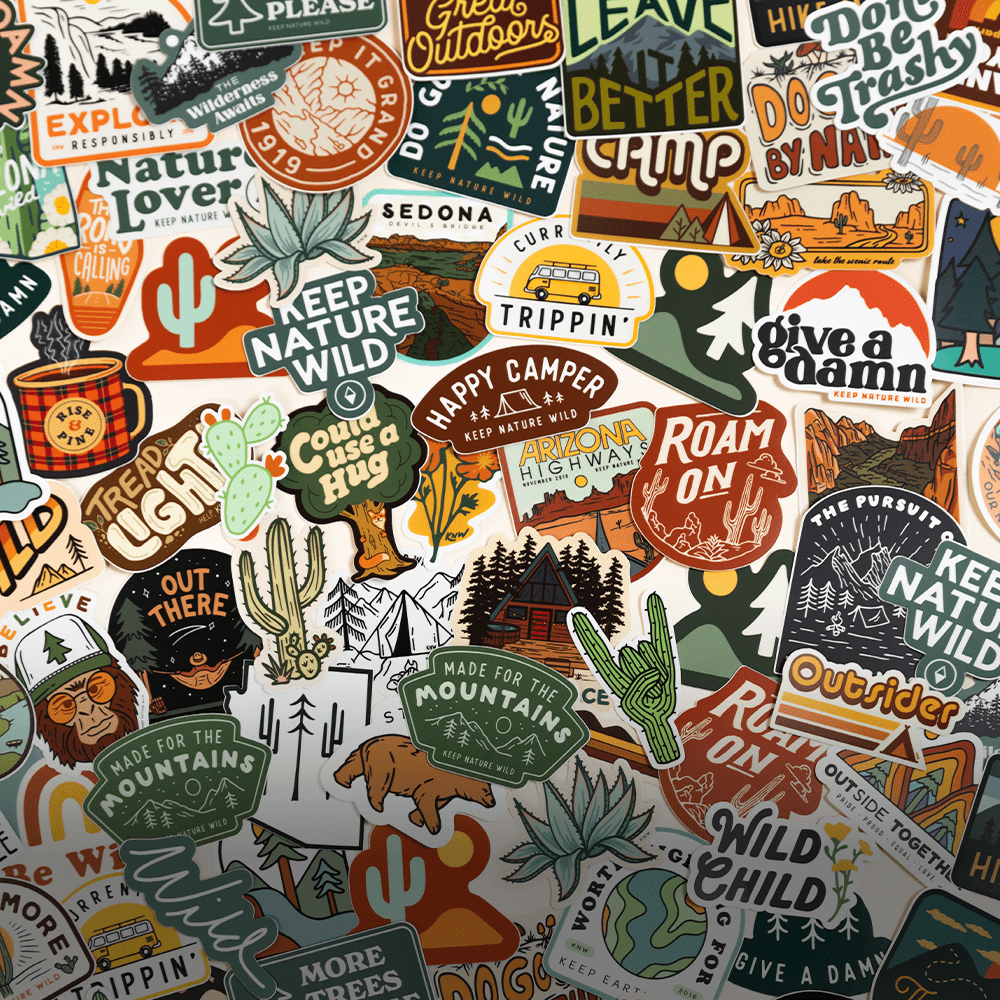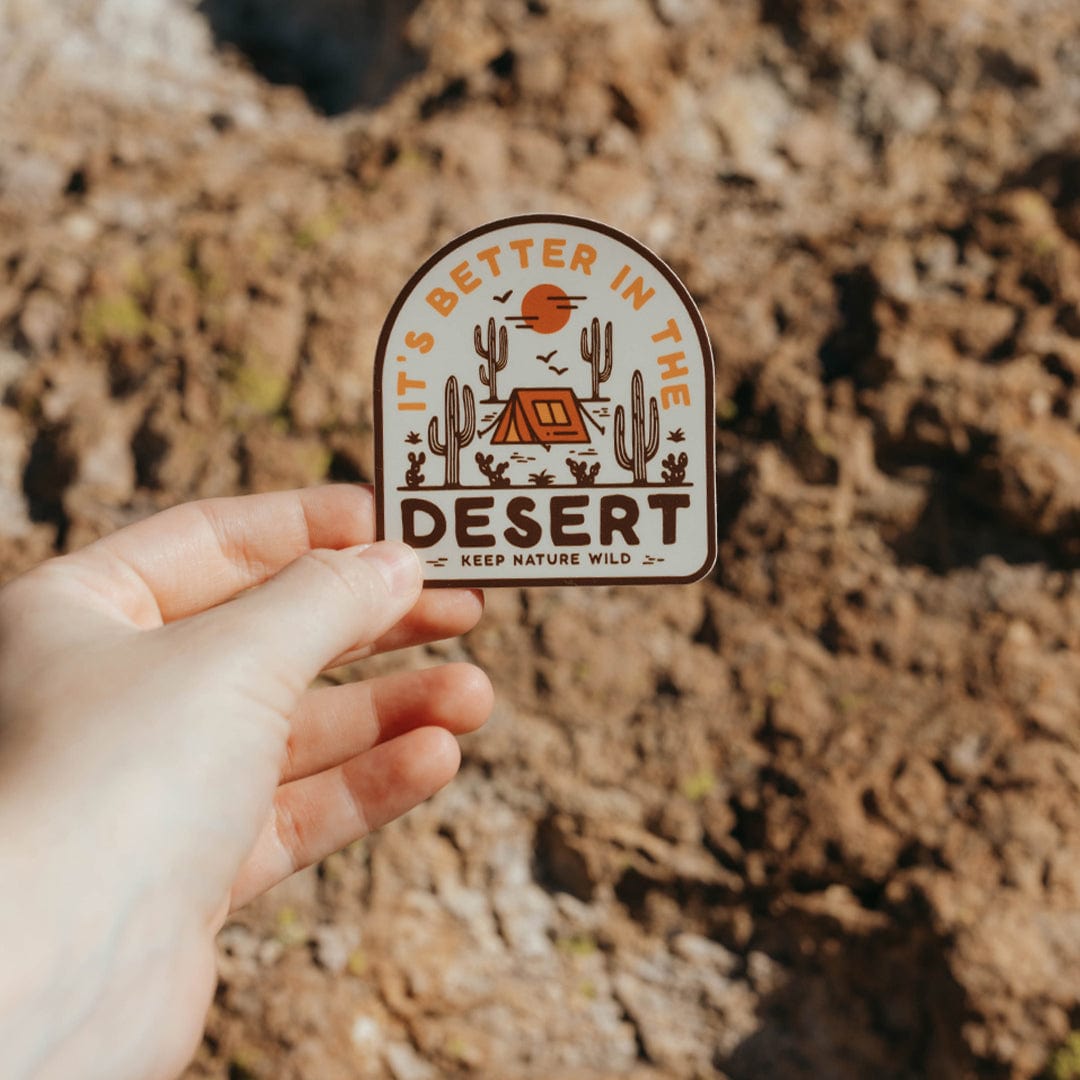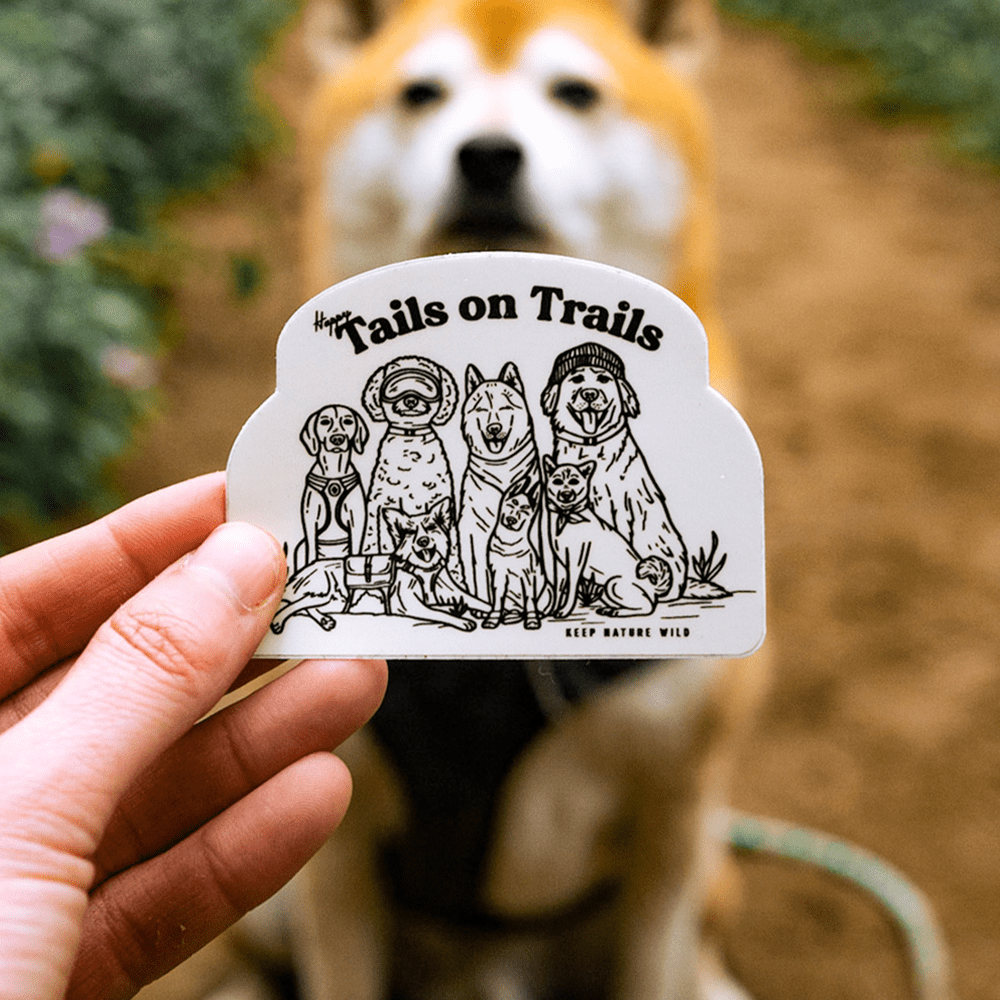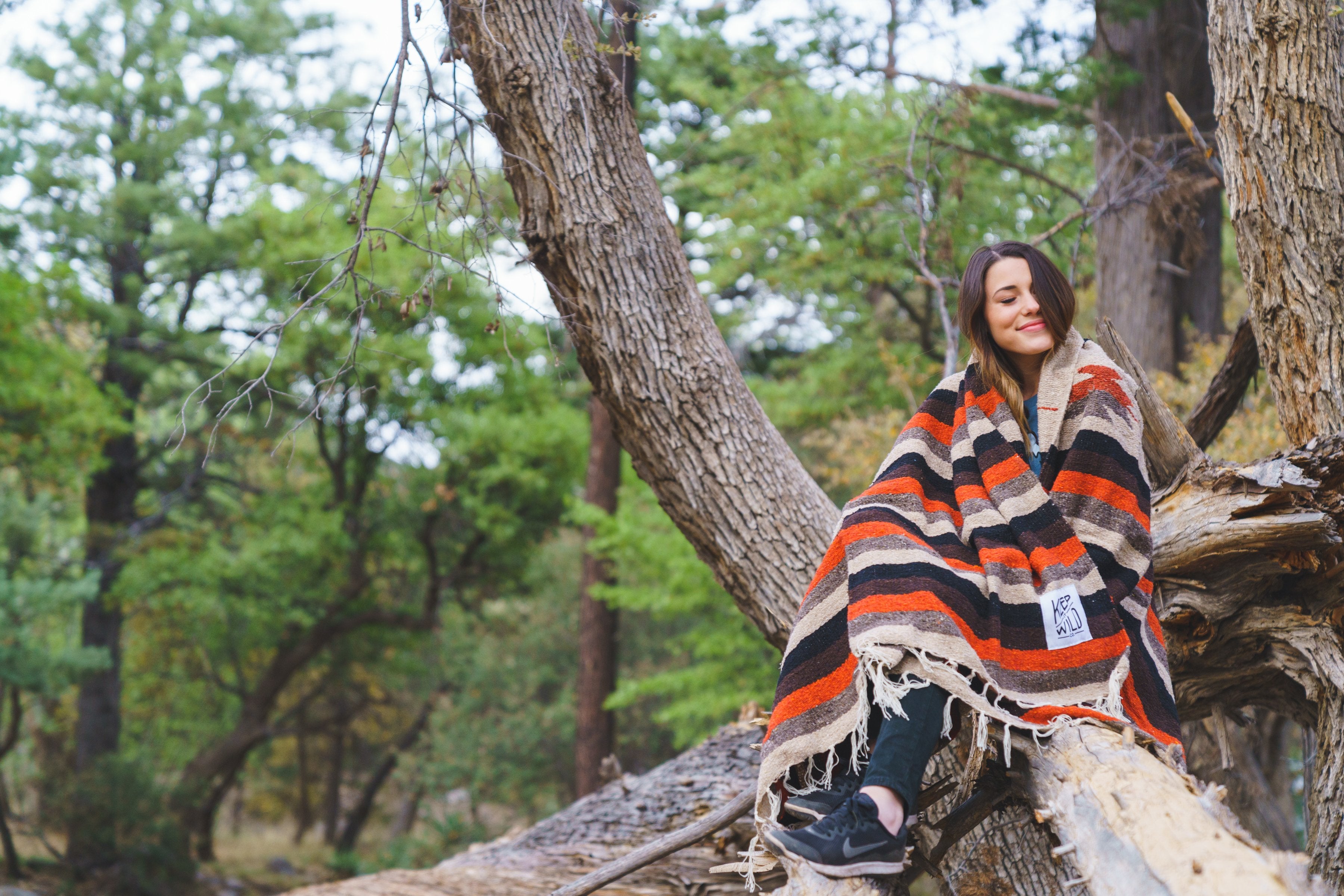I take a deep breath, close my eyes, and listen to the sound of the breeze sweeping through the trees. I can feel the sun on my face, and tilt my face toward the light, the ground solid and warm beneath me. For the next few minutes, nothing exists but this place. My mind centers on exactly where I am, what I feel in the natural world around me, the serene silence I can hear like gentle hands cupped around my ears.
Worries fade. Anxieties lessen. Formidable problems present themselves with solutions as I sit quietly, listening to land move around me, attune to my own heart beating alongside birdsong and rustling leaves.
Time seems to slow alongside me as I slow my breathing, as I invite my thoughts to condense themselves into their most true form. I can’t tell how long I’ve been sitting here and it doesn’t matter. What matters is that after a few moments of intentional meditation, I learn something new about myself and about the world around me. I’m reminded, just like I am every time I step outside, of nature’s ability to heal and soothe, to bring comfort and peace to the most restless of hearts.

Mindfulness—defined as “a mental state achieved by focusing one’s awareness on the present moment, while calmly acknowledging and accepting one’s feelings, thoughts, and bodily sensations, used as a therapeutic technique”—is something each of us can practice when we’re spending time outside.
Mindfulness is, in fact, a state more easily attained when immersed in nature than it is in most other places. There’s an openness and a vulnerability already inherent in adventuring outside; we ourselves are more open and receptive, more willing and able to connect with the world around us instead of insulating ourselves from it. We’re alert, awake, open to new perspectives gained via hard-earned vantages.
When we become more receptive, we can begin to see and feel more than we might in the hustle and bustle of daily life. We recognize the natural world as the teacher and healer it’s always been and will always be, so long as we ensure ample amounts of wild places are preserved for current and future generations.
For centuries humans have turned to the natural world to awaken their own minds, bodies, and hearts. They’ve turned to the natural world to help them make sense of everything else, to be renewed, to create positive forward momentum amidst what sometimes feels like sheer chaos.
Monasteries, meditative temples, and retreat centers throughout the world are located in some of the most beautiful, wild, and remote places. There’s something inherently connective and restorative about spending time outside—whether you’re traipsing trails days from civilization, wandering around your neighborhood park, weeding your garden, or meditating for a few minutes in your own backyard.
Unlike our minds, which often seem to delight in being perpetual busy-bodies—jumping from one thought to the next without hesitation—our bodies are constantly operating in the present moment. All that’s left for us to do is step outside and meet them there.

Here are a few tips to help you unearth an effective outdoor mindfulness practice:
- Ditch the headphones. You don’t need music, podcasts, or audiobooks to commune with nature. In fact, those are all auditory distractions counter-productive to true mindfulness. Listening to your natural surroundings will sharpen your senses.
- Focus on your breathing. Take deep breaths in and deep, slow breaths out, and try to tune your senses to birds, bees, rustling leaves in nearby trees.
- Take your time, but use the time you have. The more time you can spend outside, the more your body and mind will thank you for it, but you can practice mindfulness in five-minute increments, if that’s the amount of time you have to work with.
- Remember: The natural world is all around us. You can practice meditation and mindfulness while you’re gardening, sitting on a park bench, walking your dog, washing your car, or any time you’re doing anything outside.
There’s no pressure to practicing mindfulness, and it will only become easier to access the more often you do it.
Narrator: This blog was thoughtfully written by Kerri Anne Stebbins. You can find her on Instagram @kerri_anne.







Leave a comment
All comments are moderated before being published.
This site is protected by hCaptcha and the hCaptcha Privacy Policy and Terms of Service apply.